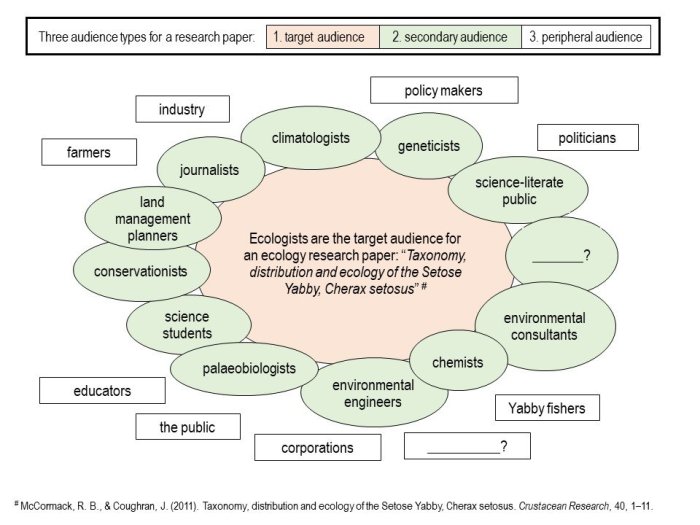Writing for a Target Audience sets the stage for creating content that truly resonates with specific groups, engaging readers with tailored messages that speak directly to their interests and needs.
Understanding the demographics, interests, and needs of your audience is key to crafting compelling content that captures attention and drives engagement.
Understanding the Target Audience

Knowing the demographics, interests, and needs of the target audience is crucial for effective communication. By understanding who you are writing for, you can tailor your content to meet their specific preferences and requirements.
Importance of Knowing the Target Audience
Identifying the target audience allows writers to create content that resonates with their readers. Researching demographics such as age, gender, location, and income level helps writers understand the characteristics of their audience. By knowing their interests and needs, writers can craft messages that are relevant and engaging.
- For example, if the target audience is teenagers, a casual and conversational writing style may be more effective. Including popular slang and references to current trends can help connect with this demographic.
- On the other hand, if the target audience is professionals in a specific industry, a more formal and technical writing style might be appropriate. Using industry-specific terminology and providing in-depth analysis can demonstrate credibility and expertise.
Tailoring Content for the Audience: Writing For A Target Audience
When writing for a specific target audience, it is crucial to use language and tone that resonates with them. This helps in establishing a connection and keeping the audience engaged throughout the content. By using vocabulary and expressions that are familiar to the audience, you can effectively communicate your message and make it more relatable.
Adapting Content Complexity
To adapt the complexity of the content based on the audience’s knowledge level, it is essential to consider their background and expertise in the subject matter. For a less knowledgeable audience, simplify jargon and technical terms, provide clear explanations, and use relatable examples to enhance understanding. On the other hand, for a more knowledgeable audience, you can delve deeper into complex concepts, use industry-specific terminology, and present advanced information to cater to their expertise.
- Break down complex ideas into simpler terms
- Use analogies and real-life examples to explain difficult concepts
- Avoid overwhelming the audience with too much technical information
- Provide additional resources for further reading or exploration
Cultural Sensitivity
When writing for diverse audiences, it is crucial to incorporate cultural sensitivity to ensure that your content does not offend or alienate any group of individuals. Consider cultural norms, traditions, beliefs, and values when crafting your message to resonate with a wider audience. By acknowledging and respecting cultural differences, you can create content that is inclusive, respectful, and relevant to diverse readers.
- Avoid stereotypes or generalizations about specific cultural groups
- Research and understand the cultural background of your target audience
- Use inclusive language that respects diversity and promotes understanding
- Solicit feedback from individuals representing different cultural perspectives
Creating Engaging Content

To create engaging content, it’s essential to capture the audience’s attention right from the start. One effective strategy is to use compelling headlines or opening sentences that pique curiosity and draw readers in. Consider posing a thought-provoking question, sharing a surprising fact, or starting with a captivating anecdote.
Storytelling and Narrative Techniques
Storytelling is a powerful tool for making content more compelling. By weaving a narrative throughout your piece, you can create a sense of connection with your audience and keep them engaged. Use vivid descriptions, relatable characters, and a clear storyline to draw readers in and hold their interest.
- Start with a strong hook that grabs attention and sets the tone for the story.
- Develop characters or personas that readers can identify with.
- Use descriptive language to paint a vivid picture and evoke emotions.
- Create a clear beginning, middle, and end to keep readers invested in the narrative.
Structuring Content for Audience Engagement, Writing for a Target Audience
Structuring your content effectively is key to maintaining the audience’s interest throughout. Break up your content into digestible chunks and use formatting techniques like subheadings, bullet points, and visuals to enhance readability. Consider the following tips:
- Organize your content logically to guide readers through the information smoothly.
- Include relevant examples, case studies, or anecdotes to illustrate key points.
- Use engaging visuals, such as images, infographics, or videos, to enhance the overall appeal of your content.
- End with a strong call to action or thought-provoking conclusion to encourage further engagement.
